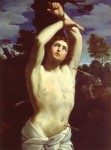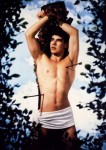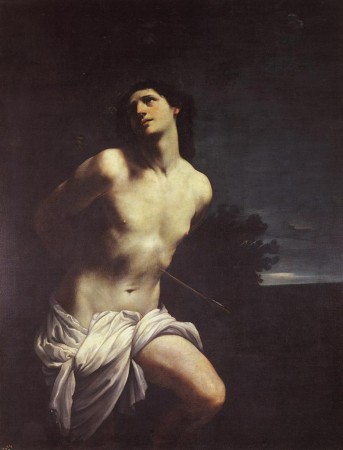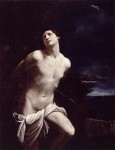
 The CND is 50, and the organisation is commemorating its anniversary by encircling AWE at Aldermaston on Easter Monday, just as they did 50 years ago. A new book commemorates a half century of the campaign's enduring symbol, which according to its pacifist designer Gerald Holtom was based on the semaphore signals for N (nuclear) and D (disarmament).
The CND is 50, and the organisation is commemorating its anniversary by encircling AWE at Aldermaston on Easter Monday, just as they did 50 years ago. A new book commemorates a half century of the campaign's enduring symbol, which according to its pacifist designer Gerald Holtom was based on the semaphore signals for N (nuclear) and D (disarmament).
Creativity is a mysterious process, unamenable to logical analysis. Much that appears to be original turns out to be an imaginative fusion of things half-remembered. So it may well have been with the peace symbol, which takes the form of a circle around an inverted version of a Norse symbol - yggdrasil, the 'world tree', or great ash at the centre of the universe.
An Ottawa Citizen review describes how Gerald Holtom asked a shop assistant what she thought of the symbol which was carried by the marchers on what he called 'lollipops'. She liked it, but wondered whether its drooping arms weren't "a bit depressing. Shouldn't peace be something to celebrate?" "He sort of altered his view in that moment," his nephew recalls. "He said, 'Yes, it should be a figure with the hands upwards outstretched'". From then on Holtom always drew the symbol upright.
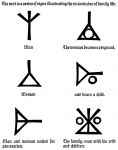 In his hugely influential 'Book of signs' (first published in German in 1923 as 'Das zeichenbuch' and available on Google Books) Rudolf Koch uses the symbol to stand for a man who undergoes the 'vicissitudes of life'. On his death, the symbol is inverted (and known as the 'todesrune'). With this meaning the symbol was officially specified for the gravestones of SS officers. Gerald Holtom asked to have the symbol - in its upright form - on his gravestone in Kent. That wish was ignored by the letter-cutter.
In his hugely influential 'Book of signs' (first published in German in 1923 as 'Das zeichenbuch' and available on Google Books) Rudolf Koch uses the symbol to stand for a man who undergoes the 'vicissitudes of life'. On his death, the symbol is inverted (and known as the 'todesrune'). With this meaning the symbol was officially specified for the gravestones of SS officers. Gerald Holtom asked to have the symbol - in its upright form - on his gravestone in Kent. That wish was ignored by the letter-cutter.
In the runic alphabet a similar symbol to the yggdrasil is called algiz, (the elk) and is known as the rune of protection.
Opponents of CND referred to the logo as 'the chicken's foot' and Hopi Indians use a similar design, based on the footprint of a crane, as a symbol of tribal unification. It can also be thought of as an inverted or broken cross, like that used to crucify St Peter.
But the roots of the sign may well lie deep within all of us. As a Jungian archetype, it can be read as female genitalia. A sign for the ancient mother goddess, whose message of peace men so often ignore.
First they came for the Jews
and I did not speak out
because I was not a Jew.
Then they came for the Communists
and I did not speak out
because I was not a Communist.
Then they came for the trade unionists
and I did not speak out
because I was not a trade unionist.
Then they came for me
and there was no one left
to speak out for me.
Pastor Martin Niemöller
Rudolf Koch's symbols are available as a set of fonts issued by P22.

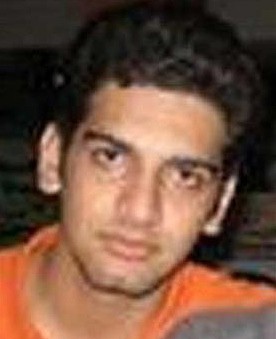
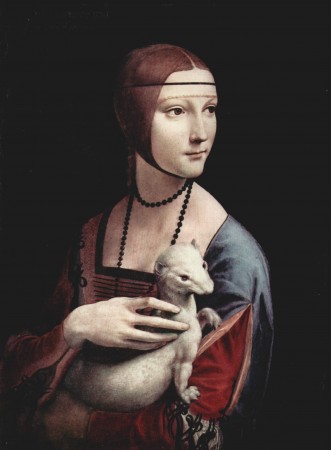 Which are the world's 50 greatest works of art? The Telegraph has published
Which are the world's 50 greatest works of art? The Telegraph has published 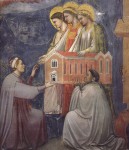
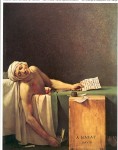
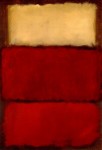
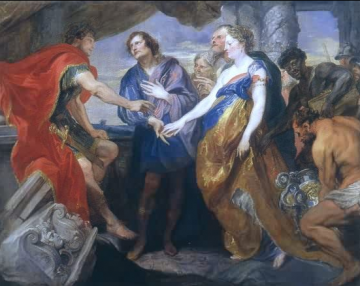 What is the 'real meaning' of art and what value should be placed on what is 'authentic' over the work of copyists?
What is the 'real meaning' of art and what value should be placed on what is 'authentic' over the work of copyists?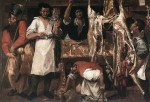
 By Dürer's time the artist, not the subject, was the focus. His work – including a prominent monogram – was faithfully copied by a highly talented printmaker called Marcantonio Raimondi. In 1511 Dürer issued a devastating warning to anyone tempted to infringe what he was effectively asserting as his copyright: "Hold! You crafty ones, strangers to work, and pilferers of other men’s brains. Think not rashly to lay your thievish hands upon my works. Beware! Know you not that I have a grant from the most glorious Emperor Maximillian, that not one throughout the imperial dominion shall be allowed to print or sell fictitious imitations of these engravings? Listen! And bear in mind that if you do so, through spite or through covetousness, not only will your goods be confiscated, but your bodies also placed in mortal danger."
By Dürer's time the artist, not the subject, was the focus. His work – including a prominent monogram – was faithfully copied by a highly talented printmaker called Marcantonio Raimondi. In 1511 Dürer issued a devastating warning to anyone tempted to infringe what he was effectively asserting as his copyright: "Hold! You crafty ones, strangers to work, and pilferers of other men’s brains. Think not rashly to lay your thievish hands upon my works. Beware! Know you not that I have a grant from the most glorious Emperor Maximillian, that not one throughout the imperial dominion shall be allowed to print or sell fictitious imitations of these engravings? Listen! And bear in mind that if you do so, through spite or through covetousness, not only will your goods be confiscated, but your bodies also placed in mortal danger."
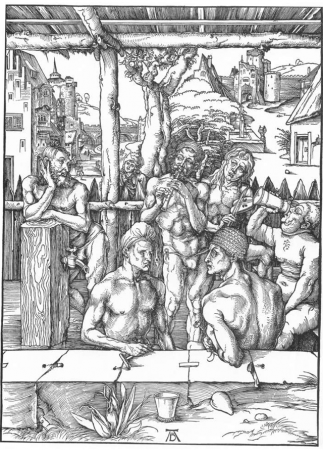 According to some '
According to some ' The
The 
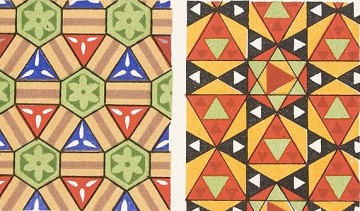

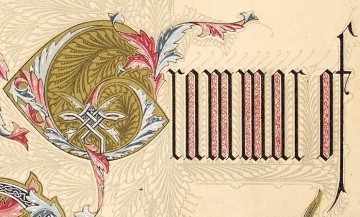
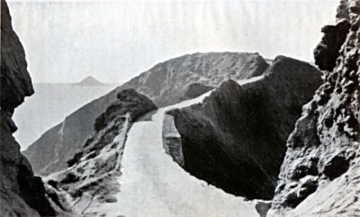

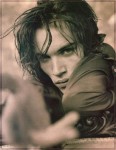

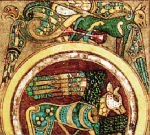
 ...Are all "bombers", according to a foolish seven year old in Holmfirth in Yorkshire. A woman of Pakistani origin, enjoying life with her mainly white neighbours, described hearing this said of her five year old by a stranger's child. It was soon after the July bombings in London. Can you blame her for moving from 'Last of the Summer Wine' country to urban Dewsbury?
...Are all "bombers", according to a foolish seven year old in Holmfirth in Yorkshire. A woman of Pakistani origin, enjoying life with her mainly white neighbours, described hearing this said of her five year old by a stranger's child. It was soon after the July bombings in London. Can you blame her for moving from 'Last of the Summer Wine' country to urban Dewsbury?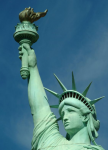
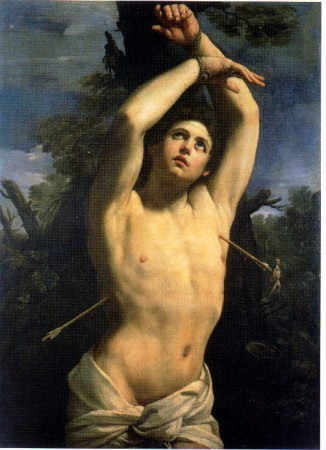 Seven paintings, all of the same subject: a beautiful, almost naked youth, tied to a tree, in the throes of martyrdom. Five are almost identical versions of the same composition, from galleries as far away as Puerto Rico and New Zealand. All are uncompromising in their directness. The painting from Genoa inspired Wilde, Mishima and Pierre & Gilles. Stendahl claimed they so distracted the faithful that they had to be removed from churches.
Seven paintings, all of the same subject: a beautiful, almost naked youth, tied to a tree, in the throes of martyrdom. Five are almost identical versions of the same composition, from galleries as far away as Puerto Rico and New Zealand. All are uncompromising in their directness. The painting from Genoa inspired Wilde, Mishima and Pierre & Gilles. Stendahl claimed they so distracted the faithful that they had to be removed from churches.